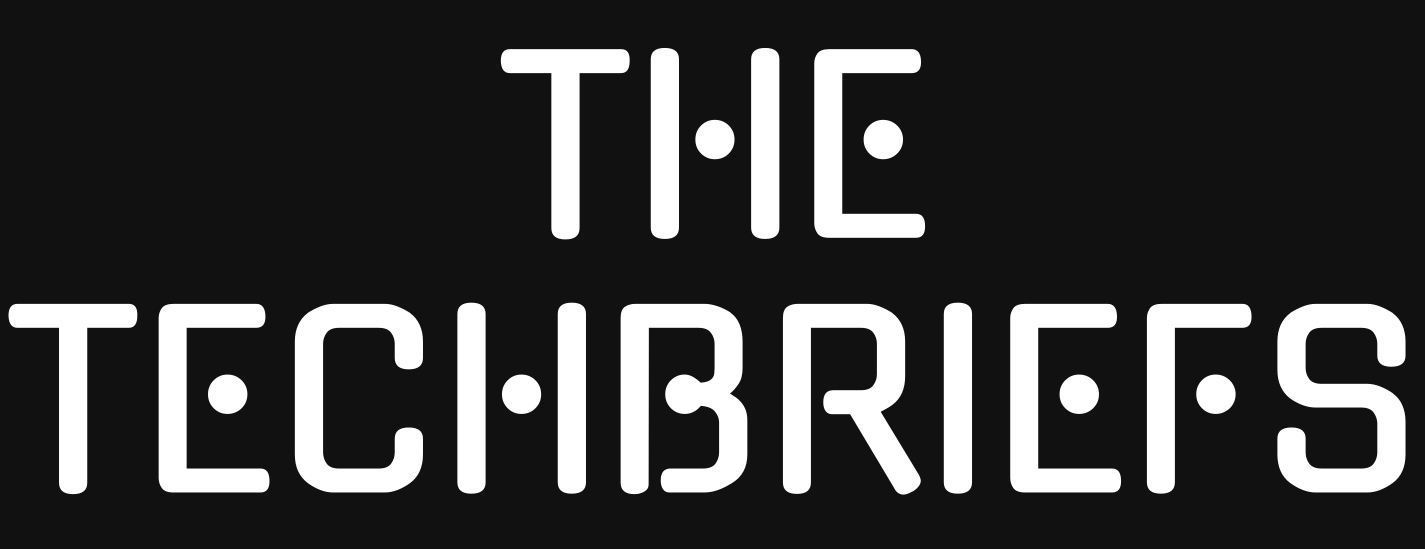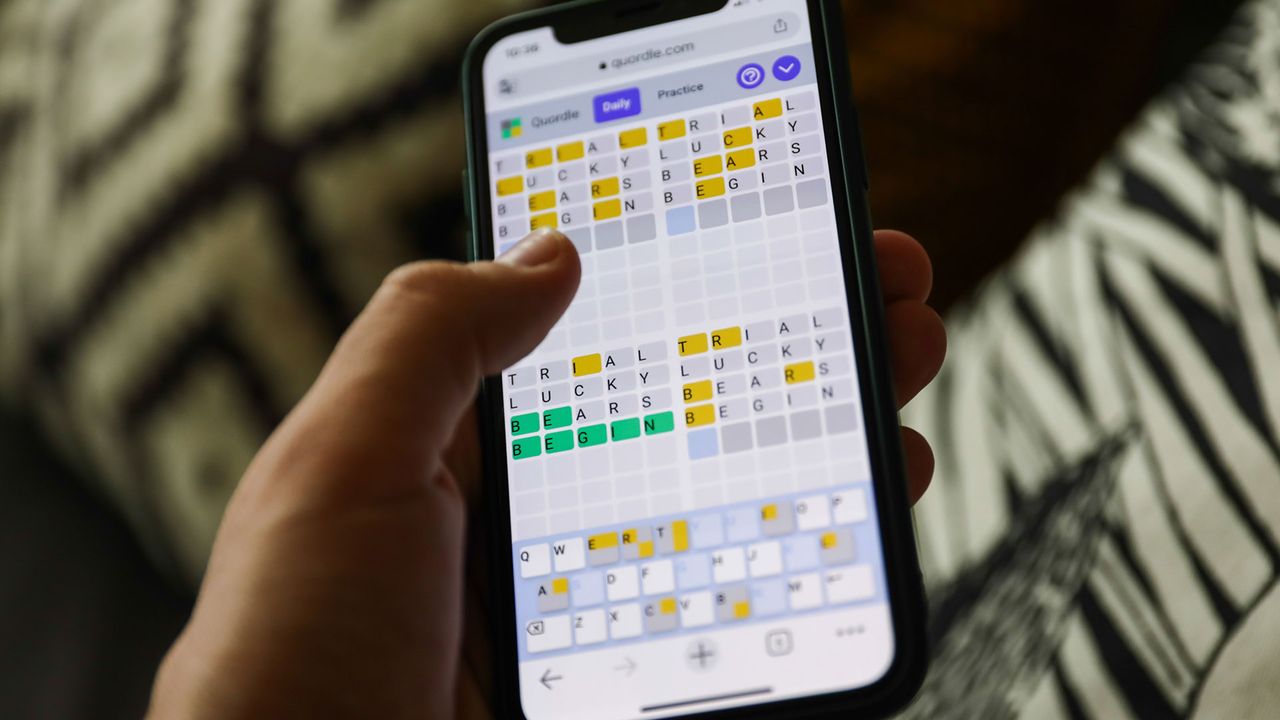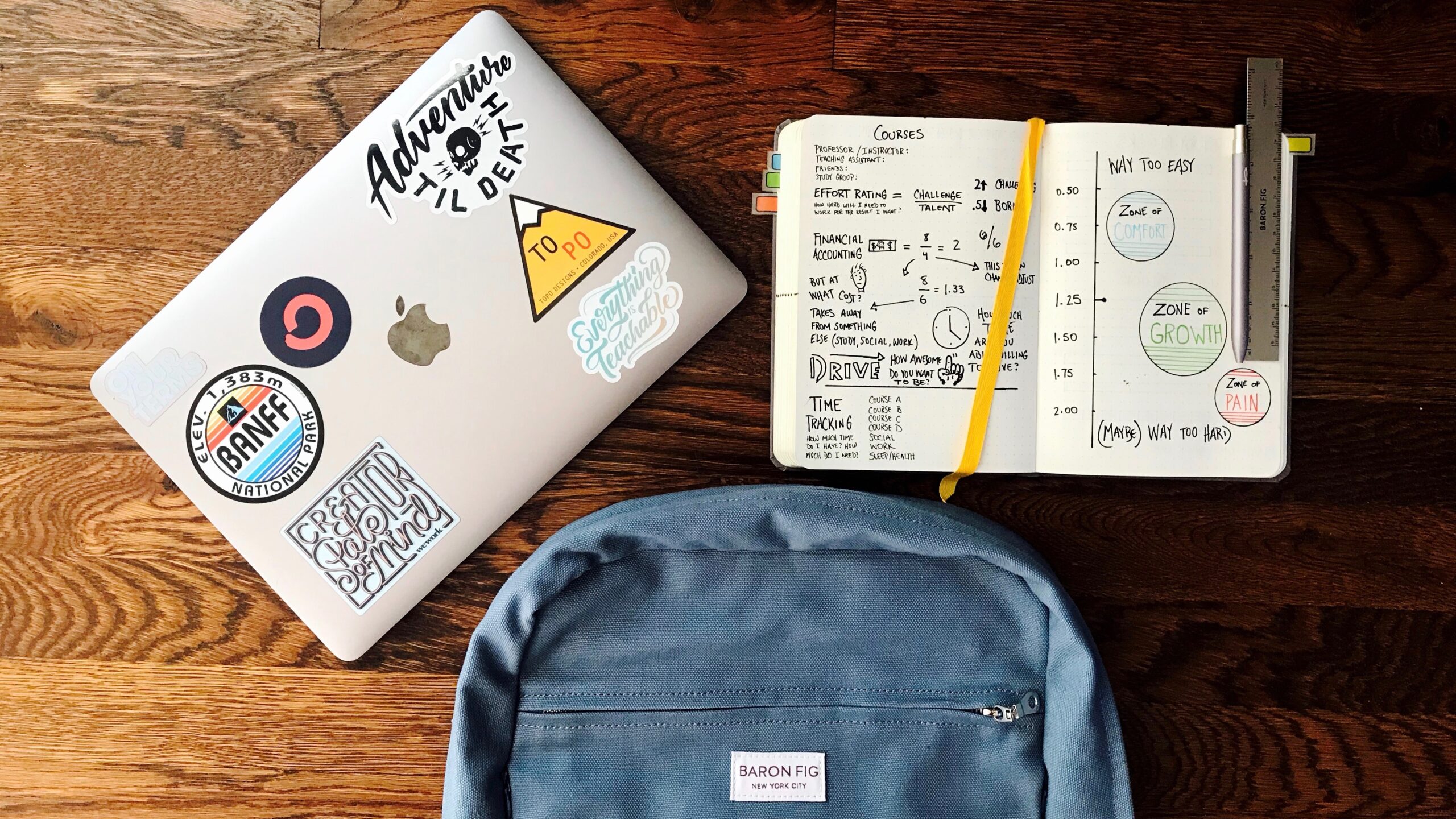
You may have seen our recent articles regarding the upcoming September 2025 NBN speed upgrades, which are set to affect fast NBN plans from 100Mbps up. If you haven’t, and you’re landing on this page for the first time, then here’s a quick rundown.
What are the NBN speed upgrades?
In short, NBN Co is introducing a new speed tier known as NBN 2000, which will offer up to 2Gbps download speeds – double that of the current fastest gigabit NBN 1000 tier.
Alongside this new tier, NBN Co has also announced some speed upgrades to a selection of the current NBN tiers:
- NBN 100 plans will see a 5x speed upgrade and become NBN 500, with a maximum download speed of 500Mbps
- NBN 250 plans will get a 3x speed boost and become NBN 750, with a maximum download speed of 750Mbps
- NBN 1000 plans will be upgraded to a minimum guaranteed speed of 750Mbps, but still max out at 1,000Mbps. They’ll also receive a bump in upload speed, from 50Mbps to 100Mbps. We imagine they’ll still be referred to as NBN 1000.
When are the NBN speed upgrades happening?
NBN Co has penned 14 September, 2025 as the date the upgrades will be made available to retail service providers (RSPs) at a wholesale level. We don’t yet have confirmation as to when they’ll be rolled out to customers, which is up to the RSPs to decide.
Some providers will almost certainly throw the switches on (or shortly after) that 14 September date, however others may take longer. We’d expect that, in most cases, there’ll be a gradual rollout that occurs over September and October 2025.
Who can access these NBN speed upgrades?
Because of the higher speeds involved, these speed upgrades will only be available to households and businesses that connect to the NBN via either a fibre to the premises (FTTP), or hybrid fibre coaxial (HFC) connection type.
Currently, NBN 250 and NBN 1000 plans already require these types of connection, however NBN 100 plans are available to virtually everyone who connects to the fixed-line NBN network. Therefore, only customers with an NBN 100 plan and who connect via FTTP or HFC will be eligible to receive the speed boost to 500Mbps.
How can I get the NBN speed upgrade?

If you already connect via FTTP or HFC and you’re signed up to an NBN 100 plan or higher, then in theory, you may not need to do anything, as we expect many RSPs will automatically push the speed increases out to you once they’ve done any required back end tinkering. You may also need a new modem-router to achieve the new maximum speeds of your plan, which we’ve detailed a little more below.
If you want to upgrade to the brand new NBN 2000 tier, however, then you’ll need to sign up for a plan via an NBN provider when these become available. Most customers signing up for NBN 2000 will also require a new network termination device (NTD), which requires a technician to visit your premises to install and will be arranged after ordering the plan from your selected RSP.
If you currently connect via a fibre to the node (FTTN) or fibre to the curb (FTTC) connection, then you will need to have the equipment upgraded to FTTP to access any of these upgraded speeds. Many FTTN and FTTC connections can access this upgrade for free thanks to NBN Co’s free fibre upgrade program, as long as you live in an eligible suburb.
The majority of suburbs in Australia where a fixed-line NBN connection is available should now be eligible, and NBN Co has previously stated it intends to make the program available to 10 million households by the end of 2025.
If you don’t know what connection type is at your address, you can use the NBN’s free address checker to find out.
If you’re already signed up for an NBN 100 plan, come 14 September you may be able to ask your provider to activate the upgrade for you. If you’re signed up to a slower plan – NBN 50 or lower – then you’ll need to switch tor at least an NBN 100 plan in order to receive the free FTTP upgrade.
How much will the upgraded NBN plans cost?
In theory, for those on NBN 100, 250 and 1000 plans, the improvements shouldn’t increase your monthly fee, or if there is a price rise it should only be minimal.
NBN Co has instituted new wholesale costs for its current plan line up as of 1 July 2025, which will likely see small increases across the board prior to the speed upgrade rollout. However, NBN Co has stated it won’t be charging RSPs a higher wholesale cost when the upgraded speeds come into effect – so, for example, the wholesale cost of an NBN 500 plan will be the same as an NBN 100 plan.
There’s one key unknown when it comes to costs, however, and that’s to do with a part of accessing the internet that’s out of NBN Co’s hands – international bandwidth. Because the National Broadband Network infrastructure only operates within Australia, it’s up to each provider to organise its own international connections.
These are required to reach any sites or services that do not have servers located in Australia. While many major brands and platforms (such as YouTube, Facebook, Instagram, Microsoft and PlayStation) do have Australian servers, there are some notable exceptions – TikTok being a key one – and traffic to these does theoretically come at an additional cost to RSPs.
So, while we would love to say categorically that the faster plans won’t cost more from September, RSPs do have costs beyond the wholesale fees NBN Co charges. In particular, if providers believe the increased speeds will strain their current capacity to serve international traffic – and they’ll therefore need to purchase more bandwidth to cope – they may pass on a small increase to customers’ monthly fees.
Will my current modem-router still work with the new speeds?

The main recommendation we can make regarding the upcoming speed boosts is, if you do get them, you’ll want to make sure you have a suitable Wi-Fi router at home that can support the faster speeds.
More specifically, we mean you should arm yourself with at least a Wi-Fi 6 modem, or to futureproof yourself even more, Wi-Fi 7. Both of these Wi-Fi technologies are able to support greater overall bandwidth compared to Wi-Fi 5 routers, and much faster download speeds than Wi-Fi 4 routers. It should be stressed that an older Wi-Fi 4 router will likely struggle to provide the full bandwidth of an NBN 500 plan, so if you’re using an aging router on this plan, consider upgrading it.
A Wi-Fi 5 router is theoretically fast enough for up to an NBN 1000 plan in a perfect environment, but few of us live in one. So, to compensate for potential interference (like walls or other nearby routers) and the natural drop in speed that happens as you get further away from your router, it’s wise to upgrade to a model that will provide significantly more overall bandwidth than your NBN connection itself offers.
Considering more and more connected devices now integrate at least Wi-Fi 6, opting for a router that can match them is a good place to start.
What NBN plan should I get before the upgrades?
If all this talk about NBN speed upgrades has you giddy with excitement, but you’re not yet on an eligible plan to take advantage of them – or if you simply want to get faster internet today – we’ve got some excellent recommendations for you below.
You might also like
- View our current pick of the best NBN plans
- Find out who we rate as the best NBN provider
- Check out the best NBN 100 plans in line for the speed upgrade


